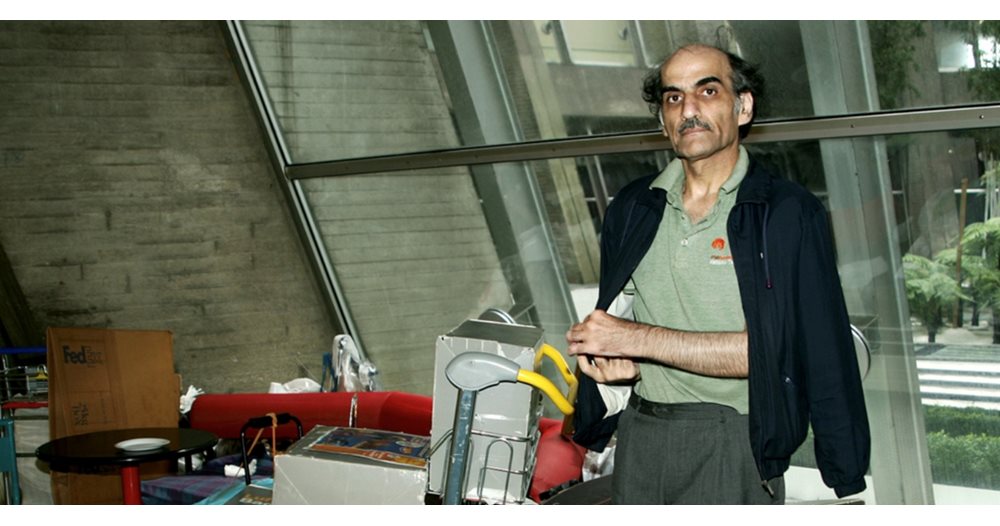Three reasons for a bad wine
1) Vinification. The choices of the winemaker, the hygienic conditions, an accident during the vinification or the refinement are at the origin of defects that are difficult to correct. Fortunately, accidents are increasingly rare.
2) Conservation. A good wine is also a well kept wine. Avoid exposing your stored bottles to light, in places that are too humid or subject to sudden changes in temperature.
3) Poor appreciation of aging potential. Lovers of old vintages like to take risks, excessively prolong the life of a cuvée, challenge the natural life cycle of a wine. To avoid disappointment, read the label carefully. Do not hesitate to ask the winemaker or wine merchant for advice.
irreversible defects
1) Smell or taste of cork. Nightmare of the winegrower, obsession of the collector of fine wines, the taste of cork is sometimes invited to the table. In question, trichloroanisole. More commonly known as TCA, this molecule present in the bark of cork oaks develops odors of humidity, wet cardboard, taste of mold or dust. Even the best wines in the world do not escape the curse.
2) Oxidation. A faulty cork or a winemaking error can accelerate the contact between air and wine and cause oxidation. The wine will come out stale, lackluster, with bland odors, even of overripe apples. Not to be confused with oxidative wines, such as Jura wines.
3) Volatile acidity. Resulting from strong exposure to light, you will recognize it by the smell of nail polish or vinegar.
4) Maderization. Too high temperatures cause maderization, i.e. a loss of alcohol and softness. You will recognize maderized wines by their brick colour, by their aromas of caramel or rancid butter.
Defects that can be remedied… with a good decanter
1) Sulfur dioxide. Known by its more common name of sulfites, sulfur dioxide is an antioxidant and antiseptic. An overdose causes smells of sulfur, phosphorus, broken match. A decanter should sort things out.
2) The “bretts”. Smells of sweat, leather, stable or gouache betray a wine containing phenols. In question are the brettanomyces yeasts, the famous brett, most often generated by poorly controlled hygiene, such as poorly cleaned barrels. Also in this case a good racking will reduce the phenomenon.
3) Reduction. If prolonged contact with oxygen alters the wine, the absence of this contact causes a recognizable reduction in the odors of rotten eggs, mop, garlic or onion. Don’t have a jug? For this defect, dip a yellow coin (1, 2 or 5 cents), previously rinsed with water (especially not dish soap), into the glass before taking it out and drinking it.
Defects that can be remedied… with a little patience
1) The woody. Fault for some, quality for others, woodiness is a choice of the winemaker, a signature, but also an obligatory step for certain vines. This aroma derives from the refinement in oak barrels of wines destined for long ageing. The only solution if you don’t like it: avoid opening them too soon.
2) Bubbles. Bubbles in a still wine? Without a doubt, it continues its fermentation. Your wine is not finished. Give it time to grow.
Your wine is flawless and you still don’t like it. It’s not necessarily a bad thing. It’s just not to your liking. And pity about those who blame you. Because, in the end, bad taste is always that of others…


